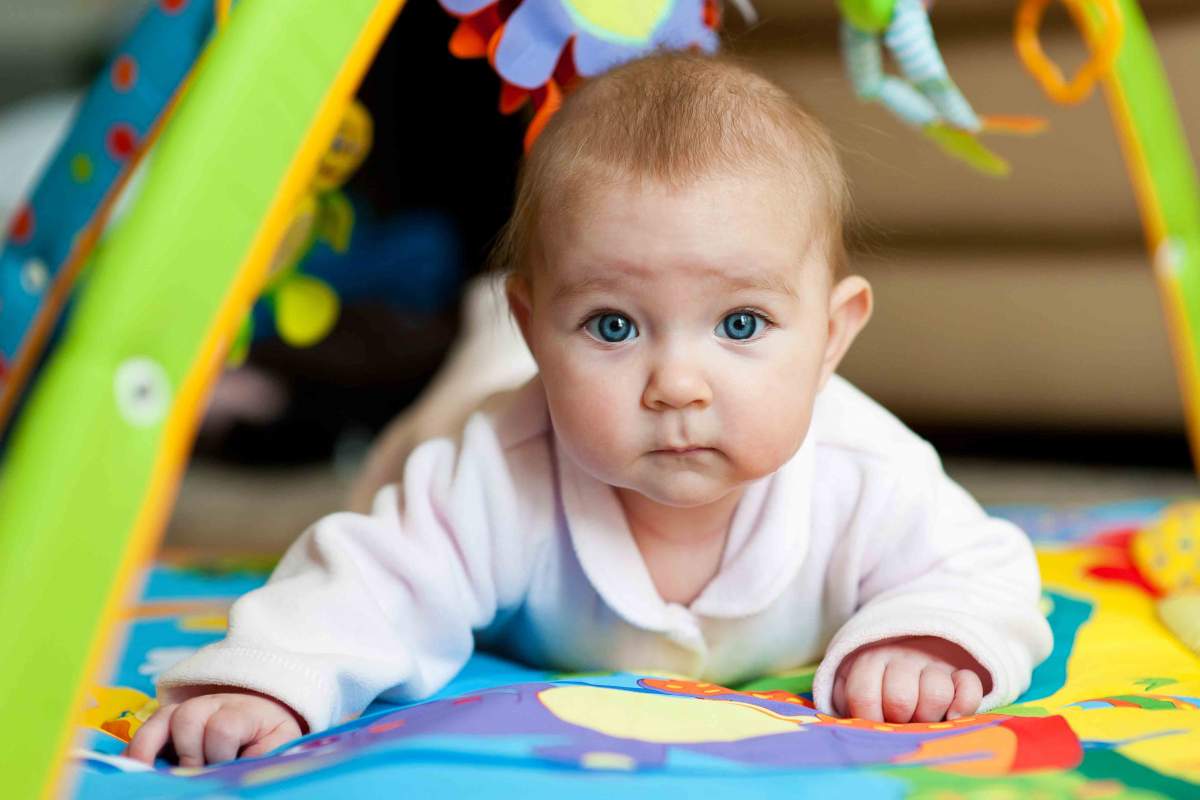
Same Difference
The ability to make comparisons and analogies to tell when and how things are the same or different is a mental capacity that distinguishes human beings from most other animals.
Even pre-verbal babies can compare similar and dissimilar objects.
In a 2015 study, a team of scientists showed 7-month-old infants pairs of objects on a puppet stage. The two items were either the same--two Elmo dolls--or different: an Elmo doll and a toy camel.
The researchers carefully monitored the babies' eye movements. One infant group saw a series of pairs that were the same, the other saw pairs that were different.
Another Pair of Eyes
After a while, the investigators switched the "same" group to pairs that were different, and vice versa. The scientists surmised that the babies recognized that the abstract relationship between the objects had changed because they looked longer at pairs that showed the novel relationship.
Since the infants couldn't talk, and didn't know words for 'same' and 'different', we can be sure these abilities weren't just a byproduct of language.
It took the infants six to nine trials to learn the abstract same-versus-different distinction. Other animal species take thousands of trials, if they learn it at all. The findings show that humans have a special ability that doesn't depend on words.
Read More:
"Babies Think Before They Can Speak" (Science Daily)
"Babies are Capable of Complex Reasoning" (Live Science)
"Babies Understand Differences Early On" (The Daily Northwestern)
"Piaget's Stages of Development" (Youtube)









